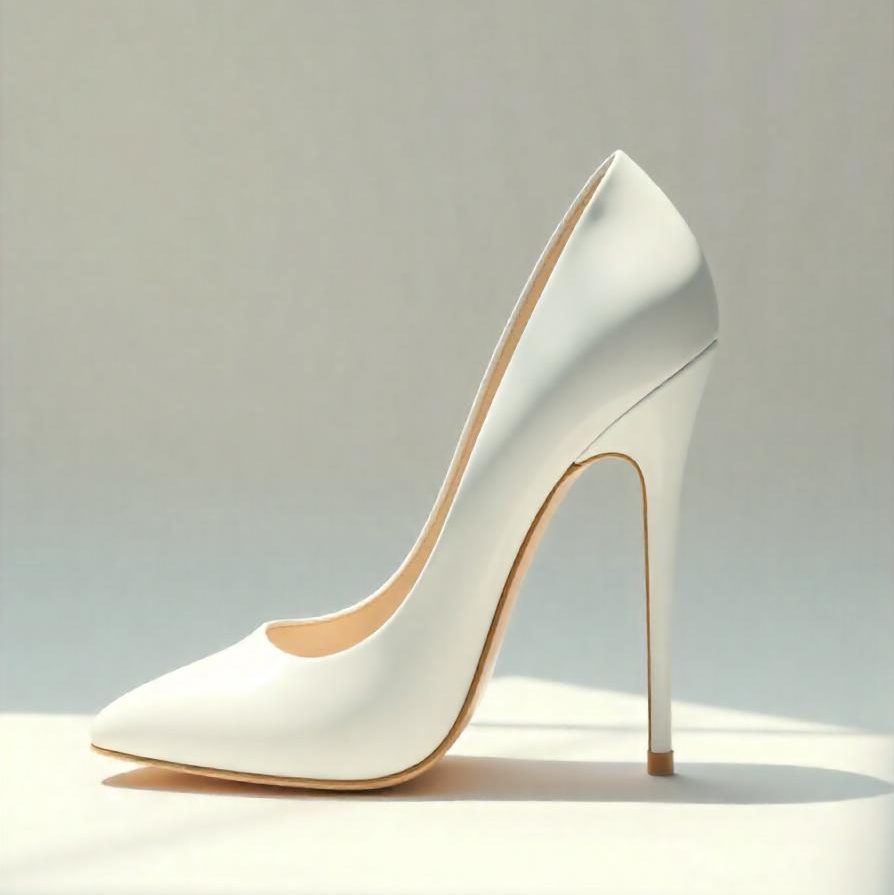Sustainable fashion is more than just a trend—it’s a movement towards a more environmentally and socially responsible way of dressing. As awareness of environmental and ethical issues grows, consumers are shifting their focus towards clothing that is both stylish and eco-friendly. In this ultimate guide, we’ll walk you through everything you need to know about sustainable fashion and how to incorporate it into your wardrobe.
1. What is Sustainable Fashion?
Sustainable fashion refers to clothing, shoes, and accessories that are designed, produced, and consumed in a way that minimizes environmental impact, reduces waste, and promotes ethical labor practices. This includes using eco-friendly materials, reducing carbon footprints, supporting fair wages, and encouraging longer garment lifespans.
2. Why Choose Sustainable Fashion?
There are numerous benefits to choosing sustainable fashion:
- Environmental Impact: Sustainable fashion reduces waste, water usage, and harmful chemical emissions.
- Ethical Practices: Many sustainable brands ensure fair wages and good working conditions for their workers.
- Durability: Sustainable pieces tend to be of higher quality, meaning they last longer, reducing the need for frequent replacements.
3. Key Principles of Sustainable Fashion
When adopting sustainable fashion, keep the following principles in mind:
1. Eco-Friendly Fabrics
Look for garments made from organic cotton, hemp, bamboo, and recycled materials. These fabrics have a lower environmental impact compared to conventional materials like polyester or leather.
Tip: Opt for natural dyes instead of synthetic ones, as they are less harmful to the environment.
2. Ethical Production
Support brands that pay fair wages, ensure safe working conditions, and use ethical manufacturing practices. Brands that are transparent about their production processes and supply chains are often more sustainable.
3. Slow Fashion Over Fast Fashion
Instead of buying new clothes every season, invest in pieces that are versatile and timeless. Slow fashion encourages thoughtful purchasing and the idea of buying fewer, but higher-quality items.
Tip: Prioritize classic styles that won’t go out of fashion quickly.
4. How to Build a Sustainable Wardrobe
Building a sustainable wardrobe requires planning and intentional shopping. Here’s how to get started:
1. Start with Quality Over Quantity
Instead of filling your closet with dozens of trendy, low-quality items, focus on buying fewer pieces made from durable materials that will last for years.
2. Buy Secondhand or Vintage
Buying secondhand clothing is a great way to extend the lifespan of garments and reduce the demand for new production. Thrift stores, consignment shops, and online resale platforms like Poshmark or Depop are great places to find high-quality pieces.
3. Choose Brands that Prioritize Sustainability
Look for brands that have certifications such as Fair Trade, Global Organic Textile Standard (GOTS), or B Corp, which demonstrate their commitment to sustainable practices.
5. Caring for Your Clothes
The way you care for your clothes also plays a role in their sustainability. Proper maintenance can significantly extend the life of garments, reducing the need for replacements.
- Wash Less Frequently: Over-washing wears out fabrics. Spot clean or air dry clothes to minimize washing.
- Repair Instead of Replace: Learn basic sewing skills to mend tears, sew buttons, or patch up holes.
- Proper Storage: Store garments in a cool, dry place to prevent damage and preserve their quality.
6. The Future of Sustainable Fashion
Sustainable fashion is continuously evolving. Innovations such as biodegradable fabrics, closed-loop production systems, and digital fashion are paving the way for even more sustainable solutions. By supporting these developments and making conscious fashion choices, we can all contribute to a greener and more ethical fashion industry.
Conclusion
Sustainable fashion is all about making mindful choices that benefit the planet and society. By opting for eco-friendly materials, supporting ethical brands, and caring for our clothes, we can create a wardrobe that not only looks good but also feels good. Together, we can help build a more sustainable future for fashion.



